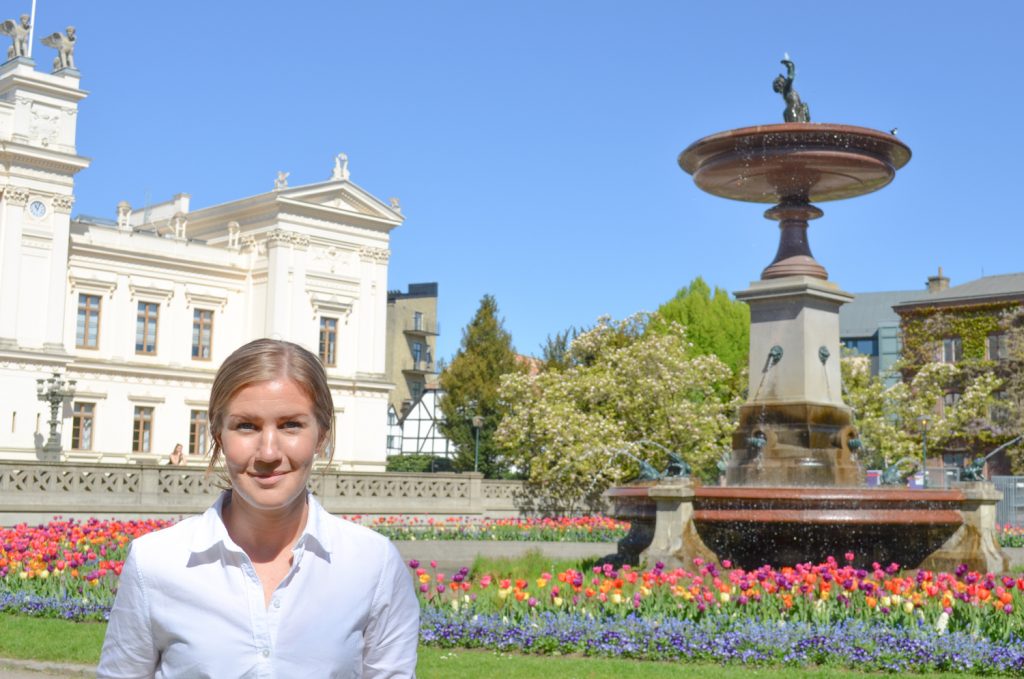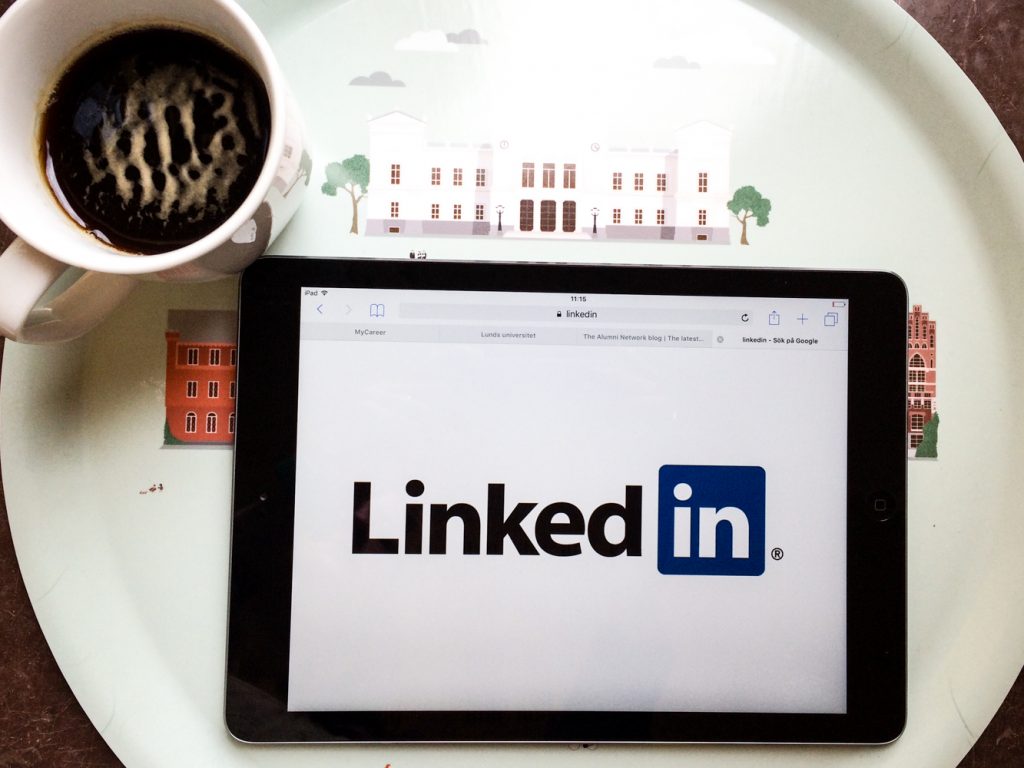LinkedIn is a business, social and employment network that has taken the employment market by storm. Whether you are new to the network or if you have had a profile for a while, you might know that becoming a LinkedIn Pro does not happen overnight. But how does one become a LinkedIn Pro, you may wonder? I interviewed Stina Vikingson, career adviser at the Faculty of Economics and Management to find out her foremost advice regarding LinkedIn and how to become a LinkedIn Pro.

1. Keep your profile updated
This is the first thing you should do! Make sure you have an updated profile. That means that you should post updates regarding your job situation, make sure your profile contains all jobs you find relevant, as well as what your tasks and responsibilities were within these. Also, don’t forget your education, volunteer work, skills and accomplishments!
What is most important is your headline and description of yourself. Keep these updated and interesting – this is your chance to stand out from the crowd! The headline could include information on what you are doing right now and your main interests. The description of yourself should be a short summary, a few sentences, of who you are. What have you been doing, what are you currently doing and what do you wish to be doing?
2. Have a good profile picture
Have a profile picture where you look professional and happy. The photo is important for recognition and shows that you are more than your resumé, and it is also the first step to start branding yourself on LinkedIn. Wear clothes that you think you could wear at your next workplace, but your face should be the focus of the photo.
3. Start networking
When you are satisfied with your profile, it is time to start networking. Add people you know, whether it is friends or former colleagues, and do not forget to write a personalised message to the person you are adding. This makes the request more personal and could increase your chances of becoming accepted into that person’s network. You can also add people you have not met, that you perhaps wish to work with or that you share similar interests with.
A personal message can be the following: “Hi, my name is XX and we met at YY last Thursday. I would like to add you as a contact and stay in touch with you.
Regards, XX”.

4. Endorse and recommend
When you are pleased with the number of contacts you have on LinkedIn, it is time to endorse your contacts’ skills. That means going to their profiles and endorse the skills you know the other person has. Add recommendations to people you have been working with or for. Recommendations are good, because in them you have to specify what, how or why you would recommend the other. Write with your own words, to show genuineness. By endorsing and recommending others, you will (probably) become endorsed and recommended back. Remember, be honest at all times, whether it is with an endorsement or a recommendation.
5. Be active
When you have a profile you are pleased with, both with a profile picture, contacts and endorsements, it is time to follow organisations, companies and people on LinkedIn. When they publish information, you can share or like their posts. This shows that you are active and interested in that specific organisation, company or person. It is also a way in which you could use LinkedIn to get knowledge in the field you are interested in and to keep updated in your area.
Extra advice
- If you have a smartphone, download the LinkedIn app. It is free and allows you to work on LinkedIn when on the bus, waiting for a friend or while having a coffee break. Working on your profile a little every day improves it and can help you increase your chances of getting your dream job.
- When working on your profile, make sure your visibility settings are turned off for these. This is because you do not want all your contacts to receive information when you have updated your description, headline, profile picture, et cetera. However, when you are finished polishing your LinkedIn profile, you should turn these settings on again. Thus, when you, for instance, have started a new educational program or a new job, this will become visible for your contacts.
- Different recruiters look for different things in your profile. It depends on what and who you are recruiting. However, common aspects of your profile that recruiters look for are the following: how you present yourself, endorsements and recommendations, your activity, as well as skills such as communication, collaboration and IT.
When you have followed these steps, starting with the first one and ending with the last, you can call yourself a LinkedIn Pro.
Happy Networking!
